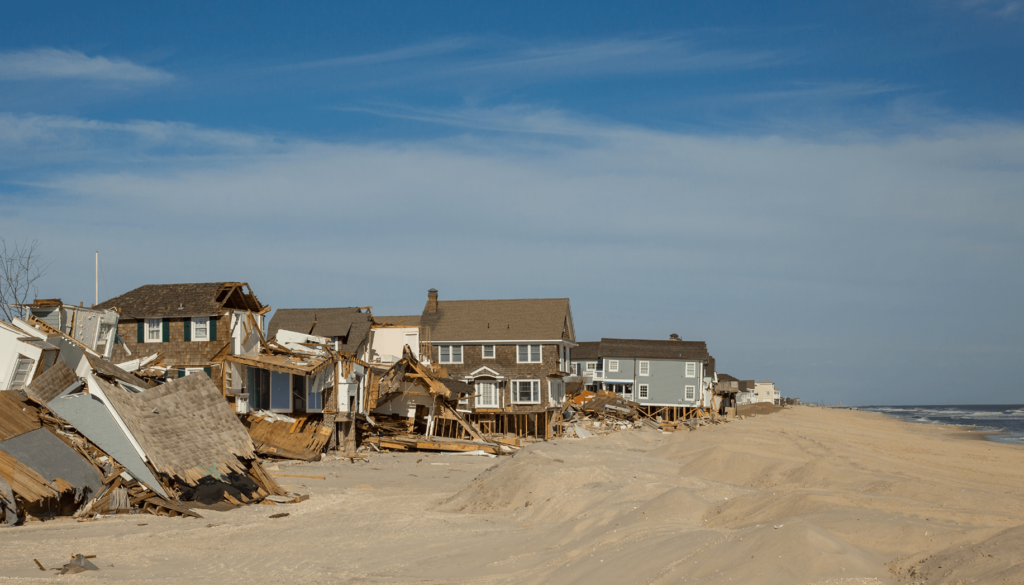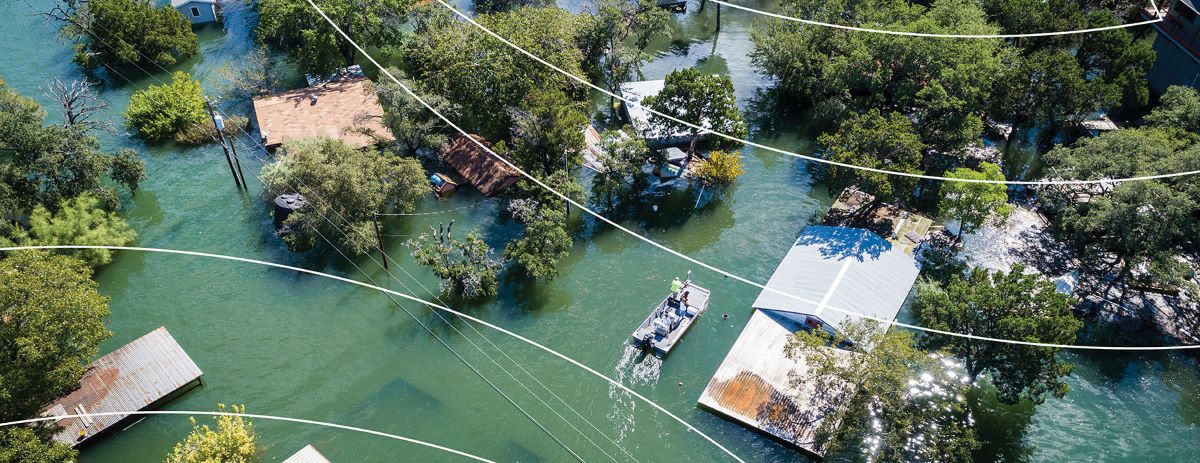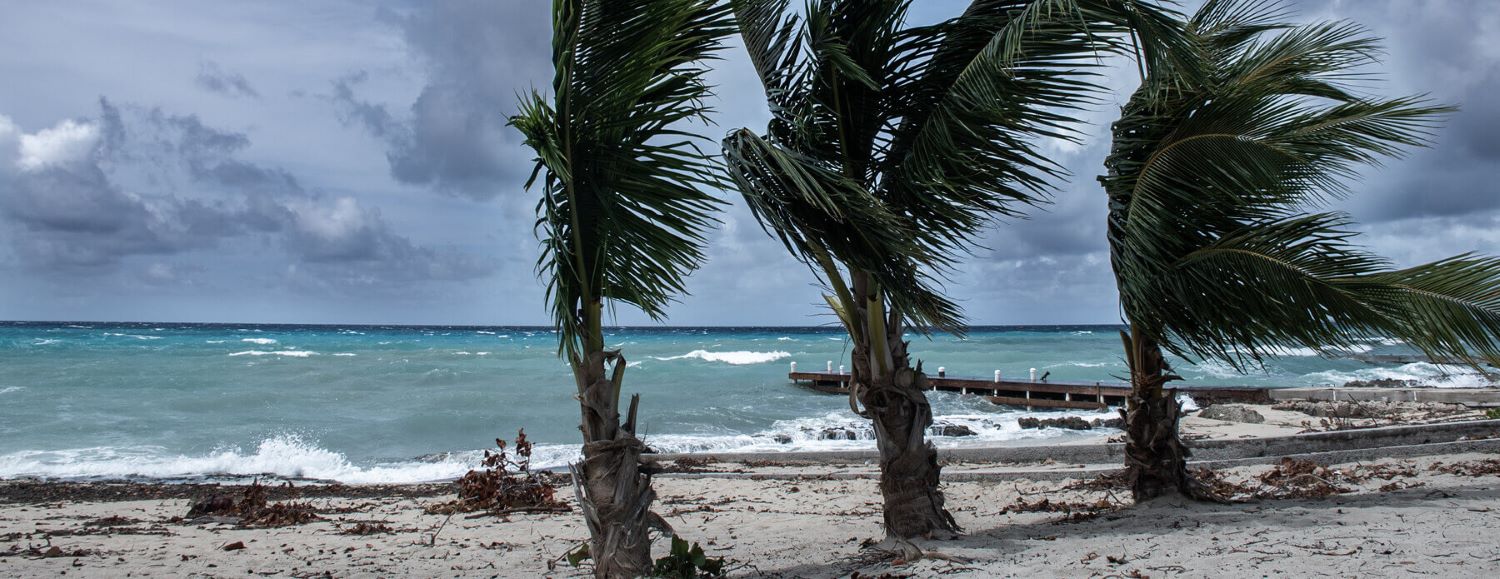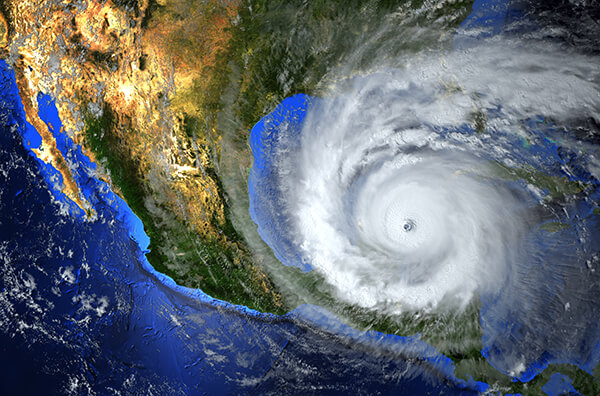It’s been 10 years since Hurricane Sandy hit the eastern U.S. coastline. For some regions, the storm’s impact is still being felt.
The National Oceanic and Atmospheric Administration (NOAA) estimates Sandy caused at least$70 billion in damages, making it among the costliest storms in U.S. history.
From beginning to end, Hurricane Sandy caused deadly flooding, mudslides, and destructive winds from the Caribbean to the U.S. East Coast. The unusual combination of hurricane conditions and cold fronts made Sandy a “superstorm”.
Sandy was formed off the coast of Nicaragua and passed over Jamaica, the Dominican Republic, and Haiti before turning north, up the U.S. East Coast hundreds of miles offshore. Sandy dropped a deluge of snow in the Appalachian Mountains in Virginia, West Virginia, and North Carolina as it progressed north. The superstorm made landfall on the coasts of New Jersey and New York. Over 8 million people lost power. Power outages from Sandywere experienced as far west as Michigan.
The storm killed 70 people in the Caribbean and almost 150 people in the U.S.
In New Jersey, Sandy was the costliest natural disaster in the state’s history, causing up to $30 billion in losses for businesses. In the end, 38 people in the state were killed, over two million New Jersey households lost power, and 346,000 homes were damaged or destroyed. One of the communities considered “ground zero” was the Seaside Heights community of the Jersey Shore, NJ. Many people can readily recall seeing the iconic boardwalk and rollercoaster destroyed and lying in pieces in the ocean.
Tony Vaz, the current mayor of Seaside Heights, said in a TV interview with NBC that their emergency management plan before Sandy was “lukewarm at best.”
Since Sandy’s landfall, New Jersey Governor’s Disaster Recovery Office has made many revisions to its disaster plan and invested billions of dollars in making communities such as Seaside Heights more resilient to future weather events.
Investments include:
- 2 billion dollars in the creation of dunes, flood preservation infrastructure
- Elevated 6,955 coastal homes off the ground
- Purchased 800 flood-prone properties
- Hardened the state’s transit system and energy grid
‘The Jersey Shore is better prepared,” said Mayor Vaz. “It [Sandy] gave us a future vision. One where we planned ahead, not only for growth and change of image but preparation for the future – if this ever happened again.”
Tidal Basin has been providing Sandy recovery and mitigation support to the State of New York and the Port Authority of New York and New Jersey (PANYNJ) since Sandy struck. Our work will continue and our mission remains dedicated to helping those affected, fully recover from Sandy.



